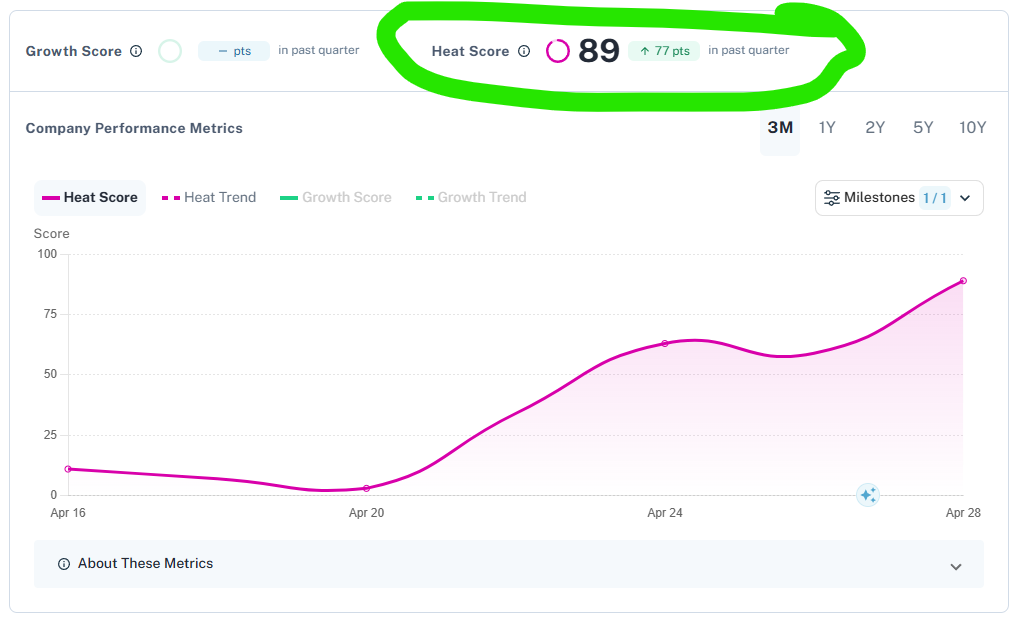In today’s customer-centric landscape, understanding your audience is paramount to success. Generic marketing blasts are no longer effective; customers demand personalized experiences that cater to their individual needs and preferences. To achieve this level of personalization, marketers need a comprehensive view of their customer data. This is where the powerful combination of Blueshift and a Customer Data Platform (CDP) comes into play.
The Power of Unified Customer Data
Imagine trying to paint a masterpiece with only a few colors. Your final product would lack depth and complexity. Similarly, marketing with fragmented data limits your ability to create truly resonant customer experiences. Data silos, scattered across different platforms like CRM, email marketing, website analytics, and transactional systems, prevent you from understanding the complete customer journey. This leads to:
- Inconsistent messaging across channels
- Irrelevant product recommendations
- Missed opportunities to engage customers at the right moment
- Lower conversion rates and customer lifetime value
A Customer Data Platform (CDP) solves this problem by centralizing and unifying customer data from all sources into a single, unified customer profile. This profile provides a holistic view of each customer, including their:
- Demographics and contact information
- Purchase history
- Website activity
- Email interactions
- App usage
- Social media engagement
Why Integrate Blueshift with a CDP?
While a CDP provides the unified customer data, Blueshift is the intelligent marketing automation platform that uses that data to orchestrate personalized experiences across multiple channels. Integrating these two platforms creates a synergistic relationship that empowers marketers to:
Targeted Messaging and Improved Personalization
With a unified customer profile from the CDP, Blueshift can segment audiences with laser-like precision. Instead of sending generic email campaigns, you can create highly targeted messages based on specific behaviors, interests, and purchase history. For example:
- Personalized Product Recommendations: Based on past purchases and browsing history, Blueshift can recommend products that a customer is likely to be interested in.
- Behavior-Triggered Campaigns: If a customer abandons their shopping cart, Blueshift can automatically send a personalized email reminding them of the items they left behind and offering a discount to encourage completion of the purchase.
- Lifecycle Marketing: Blueshift can nurture customers through different stages of the customer journey with personalized content tailored to their current needs and interests.
Enhanced Customer Experiences
By understanding customer preferences and behaviors, Blueshift can deliver consistent and relevant experiences across all channels. This creates a seamless and personalized journey that strengthens customer relationships and builds loyalty. Imagine a customer browsing a specific category of products on your website. The next time they open your app, they’ll see similar products highlighted on the home screen. And when they receive an email, it will feature content and offers that align with their recent interests. This level of consistency and relevance demonstrates that you understand their needs and value their business.
Data-Driven Optimization and ROI
The integration of Blueshift and a CDP provides marketers with valuable insights into campaign performance. By tracking customer behavior and measuring the impact of different marketing strategies, you can identify what works best and optimize your campaigns for maximum ROI. The unified data allows for more accurate attribution, enabling you to understand which channels and campaigns are driving the most value.
Real-World Examples of Successful CDP Integrations with Blueshift
Several companies have successfully integrated Blueshift with CDPs to achieve remarkable results. Here are a few examples:
- Example 1: Subscription Service: A subscription box company integrated Blueshift with their CDP to personalize onboarding flows based on customer demographics and interests. This resulted in a 20% increase in subscriber retention.
- Example 2: E-commerce Retailer: An e-commerce retailer used the integration to create personalized product recommendations based on browsing history and purchase behavior. This led to a 15% increase in average order value.
- Example 3: Travel Company: A travel company leveraged the integration to send personalized travel recommendations based on past trips and preferences. This resulted in a 25% increase in booking conversions.
These examples highlight the transformative power of combining a CDP with Blueshift. By unifying customer data and using it to personalize marketing experiences, companies can drive significant improvements in customer engagement, conversion rates, and overall ROI.
Getting Started with Blueshift and CDP Integration
Integrating Blueshift with a CDP typically involves a few key steps:
- Choose the right CDP: Select a CDP that aligns with your business needs and integrates seamlessly with Blueshift. Consider factors such as data sources, data processing capabilities, and available integrations.
- Configure the data integration: Connect your CDP to Blueshift and configure the data mapping to ensure that customer data is flowing correctly.
- Define your segmentation strategy: Use the unified customer data in the CDP to create targeted segments based on various criteria.
- Develop personalized marketing campaigns: Leverage Blueshift’s marketing automation capabilities to create personalized experiences for each segment.
- Monitor and optimize: Continuously track campaign performance and make adjustments to optimize your results.
Conclusion
In conclusion, integrating Blueshift with a Customer Data Platform (CDP) is a game-changer for marketers seeking to create truly personalized and impactful customer experiences. By unifying customer data, enabling targeted messaging, and enhancing customer experiences, this integration empowers you to build stronger customer relationships, drive revenue growth, and achieve a significant competitive advantage. Embrace the power of unified customer data and unlock the full potential of your marketing efforts with Blueshift and a CDP.




Leave a Reply